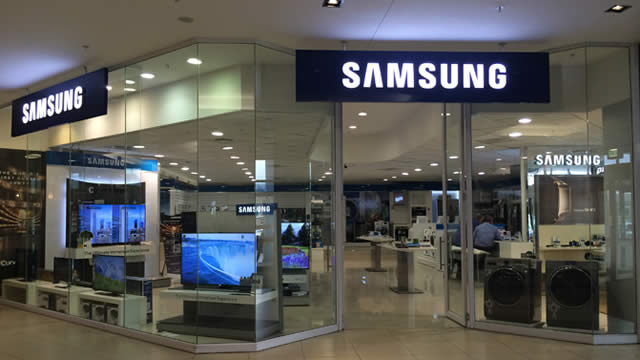Viewing trends coming in 2016

Samsung turns its TVs into smarthome hubs. You’ll be able to do a lot more with your Samsung television this year. The Korean tech giant in December announced that all of its web-enabled Smart TVs in 2016 will also serve as hubs for its SmartThings platform — a way to connect Samsung’s smarthome products, such as coffee-makers, light bulbs and security cameras, to a wireless network.That means users will be able to control various web-enabled devices through their TV sets.
Adding the functionality into TVs may get SmartThings into a lot of homes in 2016, but Samsung remains far from the only player in the Internet of Things market.
Apple is working on similar smarthome capabilities with Apple TV, and Google has similar plans with its own new wireless router.
Mobile networks will evolve
The mobile industry is working to create third-generation-partnership-project (3GPP) connectivity standards optimized for Internet of Things (IoT) applications. 3GPP is an international collaborative project that helps develop globally acceptable specifications for third generation (3G) mobile systems.
It will compete with proprietary low-power wireless wide area network technologies that IHS reckoned will gain traction in the market next year. Low-power wireless wide area network (LPWAN) is a technology that uses less power to connect mainly IoT enabled devices to one another. IHS predicted LPWAN technology will enjoy a head start on 3GPP in 2016.
Meanwhile, demand for fourth generation mobile telephony (4G), also known as long-term evolution (LTE), network equipment, which reached its peak in 2015, will flatten in the New Year as the big Chinese telcos finish rolling out their 4G networks. 4G networks allow for higher speed mobile internet access.
The Connected Home ecosystem grows
Connected home products will reach the mass-market due to a fall in prices that make them more affordable. As a result, in 2016 there will be a plethora of apps and devices that will bring the benefits of networked homes for consumers.
These include home appliances and connected audio systems that link up with smartphones, tablets, and PCs.
From cord-cutting to virtual reality
The pay TV market will see reshaping with more content owners breaking away from cable operators to offer programs to consumers directly.
At the same time, virtual reality will step up from Google’s Cardboard-based headset to more complex features in the Playstation VR and Oculus’ Rift, both launching in 2016.
But IHS reckoned adoption of this technology will be slow as they are dependent on other, often expensive, hardware.
This tech can predict if a movie’ll be a hit — cnbc.com










Comments